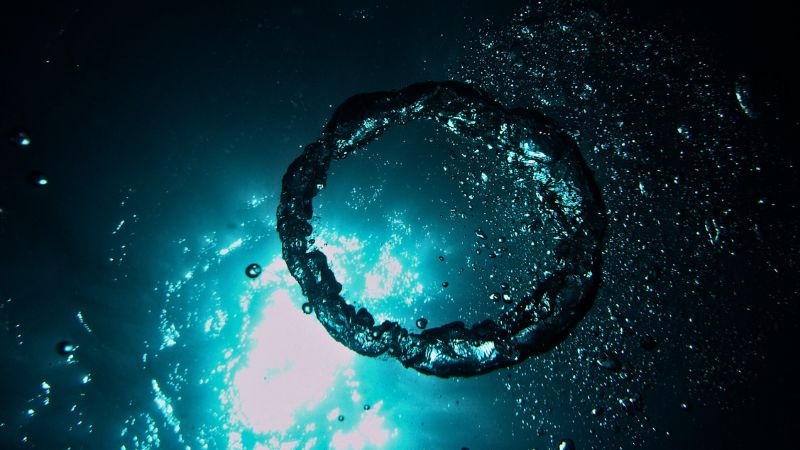Mysterious ‘Dark Oxygen’ Discovery Stirs Debate and Launches New Expeditions

Last year, an unexpected finding by Andrew Sweetman’s research team has ignited a flurry of discussions and skepticism in the scientific community.
While initially setting out to analyze seafloor respiration, Sweetman and his colleagues uncovered an ecosystem on the ocean floor capable of producing oxygen without sunlight or plants, typically necessary for photosynthesis.
This phenomenon, dubbed ‘dark oxygen,’ has led to questions about its authenticity, with some suggesting it might be an error in equipment or measurements.
The controversy has grown so intense that Sweetman is now leading a series of three expeditions aimed at validating their findings.
The first of these will embark from San Diego in January 2026, backed by a $2.4 million grant from The Nippon Foundation.
The team plans to deploy advanced probes into the deep sea, around 12,000 meters below the surface, to collect water and sediment samples that could prove the existence of dark oxygen.
Critics of the discovery include Gerard Barron, CEO of The Metals Company, which originally funded the research.
Barron has expressed strong doubts, emphasizing that such extraordinary claims must be met with solid evidence, which he believes is yet to be seen.
His company, which has interests in mining the metallic nodules on the seafloor, stands to lose if the findings prove true, as it could complicate their extraction operations.
Nature Geoscience, the journal that published the initial findings, is also under pressure and might retract the paper amid the ongoing debate.
Despite these challenges, Sweetman remains committed to his research, describing the intense media attention and scrutiny as exhausting yet motivating.
He is determined to demonstrate that the production of dark oxygen is a real and viable process.
